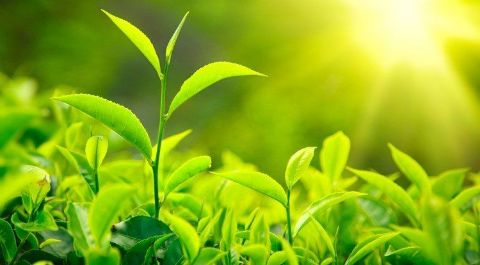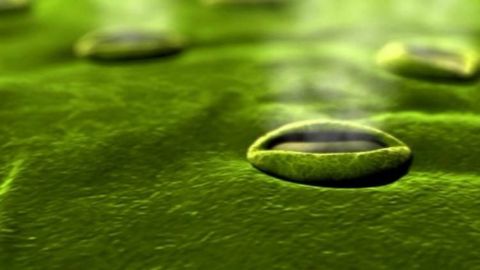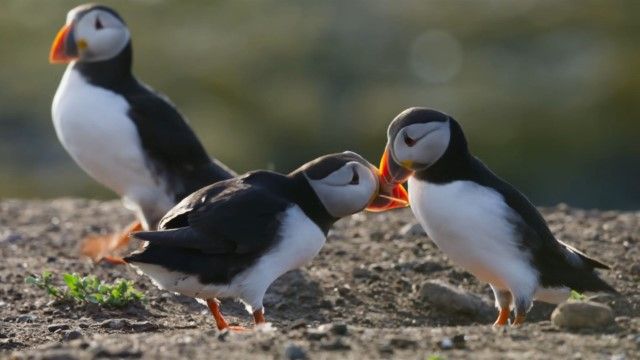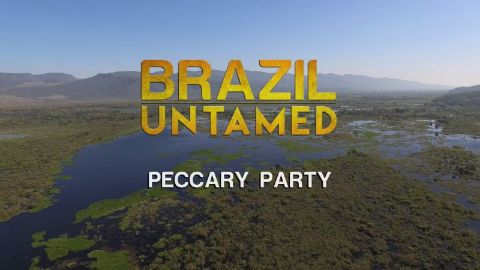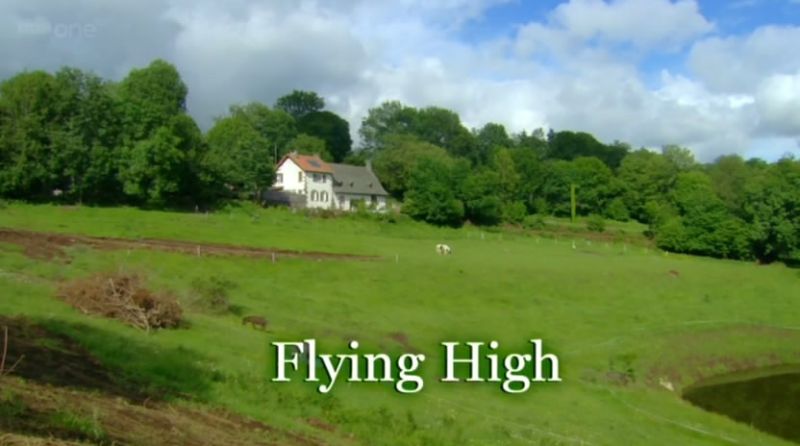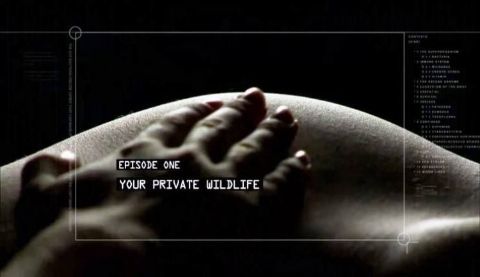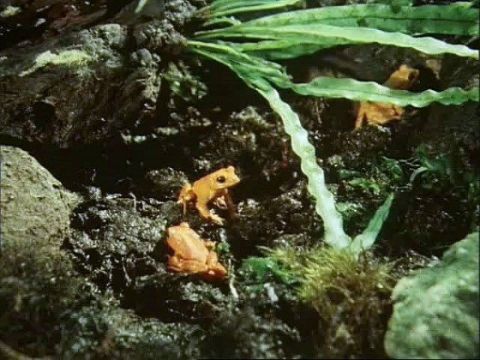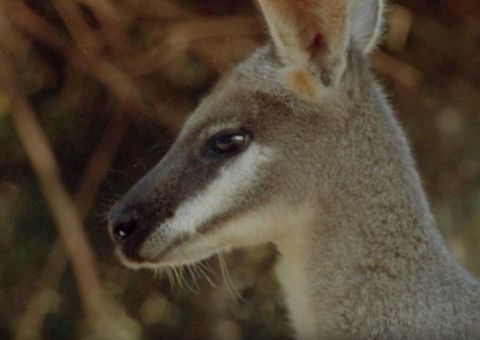Photosynthesis • 2011 • episode "S1E2" • Botany: A Blooming History
The air we breathe, and all the food we eat, is created from water, sunlight, carbon dioxide and a few minerals. It sounds simple, but this process is one of the most fascinating and complicated in all of science, and without it there could be no life on earth. For centuries people believed that plants grew by eating soil. In the 17th century, pioneer botanists began to make the connection between the growth of a plant and the energy from the sun. They discovered how plants use water, sunlight and carbon dioxide to produce sugars - how, in fact, a plant grows. The process of photosynthesis is still at the heart of scientific research today, with universities across the world working hard to replicate in the lab what plants do with ruthless efficiency. Their goal is to produce a clean, limitless fuel and if they get it right it will change all our lives.
Make a donation
Buy a brother a hot coffee? Or a cold beer?
Hope you're finding these documentaries fascinating and eye-opening. It's just me, working hard behind the scenes to bring you this enriching content.
Running and maintaining a website like this takes time and resources. That's why I'm reaching out to you. If you appreciate what I do and would like to support my efforts, would you consider "buying me a coffee"?
Donation addresses
BTC: bc1q8ldskxh4x9qnddhcrgcun8rtvddeldm2a07r2v
ETH: 0x5CCAAA1afc5c5D814129d99277dDb5A979672116
With your donation through , you can show your appreciation and help me keep this project going. Every contribution, no matter how small, makes a significant impact. It goes directly towards covering server costs.
